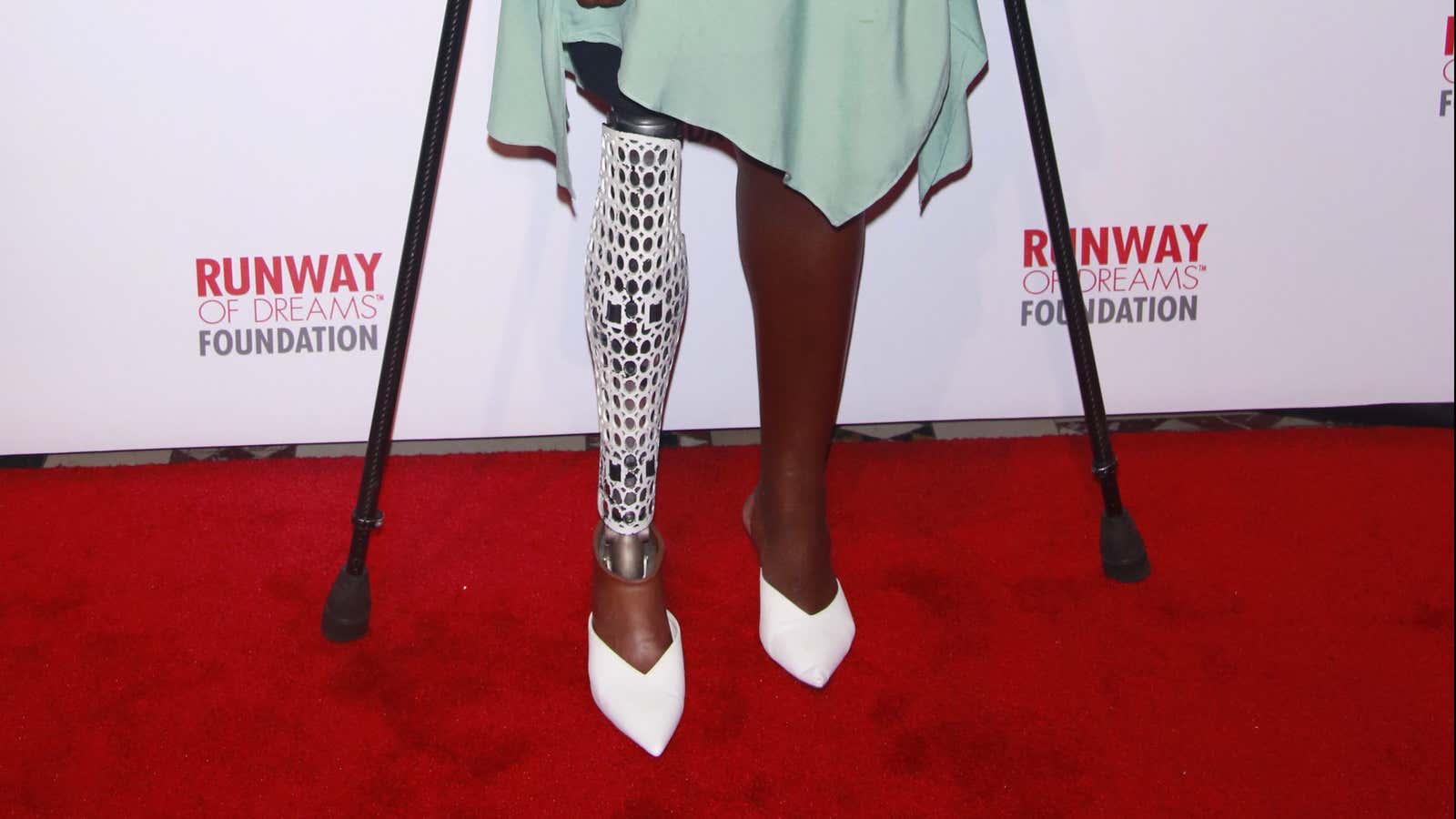Chances are you’ve often seen headlines for a brand advertising an inclusive initiative for people with disabilities. Most likely, it launches with great fanfare.
And then, crickets.
While well-intended, one-off projects like these set a low bar for success and take energy away from the real innovation the community needs. They tend to make the problem of access worse for people with disability, rather than better.
But there are ways to get it right. Two years ago, apparel company Tommy Hilfiger (which, full disclosure, our agency worked with on their campaign) launched an adaptive clothing line called Tommy Adaptive that makes getting dressed easier for people with physical disabilities. The brand partnered with more than 2,000 people with disabilities to ensure that all customer touchpoints were inclusive.
Designers paid attention not only to the challenges consumers with disabilities face in getting dressed, but also to the end-to-end shopping experience, from searching for products to unboxing them at home. And if you needed to call customer service, the brand’s representatives were trained on the needs of people with disabilities.
In other words, the company was not launching a campaign merely to make clear that it was inclusive. It is not a PR gimmick, but a revenue plan.
Tommy Hilfiger is one brand that views people with disabilities as a significant customer segment with unmet needs. The question now is why everyone else isn’t following suit.
There’s a solid business case for designing for and selling to people with disabilities. First of all, consumers with disabilities make up a massive market. If the room you’re in is representative of the world, one in five of the people you share space with has a disability. According to one study, the total disposable income of the community tops $8 trillion per year. For context, that makes the community third-largest in the world in terms of purchasing power, after the US and China.
Almost all of us are closely linked to someone with a disability. Four out of five Americans have a loved one with a disability. The disability community is likely the only minority all of us will belong to eventually.
Based on those numbers alone, “going inclusive” should be a compelling option. But people with disabilities are also not islands, and as such, they don’t function as an economy.
In addition, inclusivity has a knock-on effect with ordinary consumers. In 2018, the Porter Novelli/Cone Purpose Premium study found that companies perceived as purpose-driven—including those with a commitment to inclusive design—have a distinct advantage in the marketplace. Americans prefer organizations that are responsible (86%) and caring (85%) and are much more likely to buy from a purpose-driven company (88 %).
So, what do you do if your company sells B2B services and doesn’t interact with the general public? Should you lean into inclusivity? Does it even matter?
As a matter fact—not opinion—it does. In America today, we happily face a good jobs market, which puts pressure on companies to find the talent they need to succeed. Providing an inclusive workplace for your company is one great way to unlock a talent pool that has been historically underemployed—and innovative.
Many important inventions, particularly around communication, have come from people with disabilities, including email, touchscreens, voice assistants, and the typewriter.
Hiring an inclusive workforce, for what it’s worth, also makes companies more effective. On average, those committed to social good see a 13% increase in employee productivity, a 20% increase in revenue, and a 50% decrease in staff turnover.
As a result, brands and businesses need to realize that being inclusive and creating inclusive products are not merely good things to do. It’s good for business as well. They enable you to reach a large customer segment, access a hugely underutilized talent pool, and find a much larger group of potential employees and consumers.
Inclusivity is not just ethical and moral, it also drives success. It may be disheartening to some that the real reason a company became inclusive was to compete better in the marketplace. But all things being equal, money can be a powerful incentive to do the right thing.
